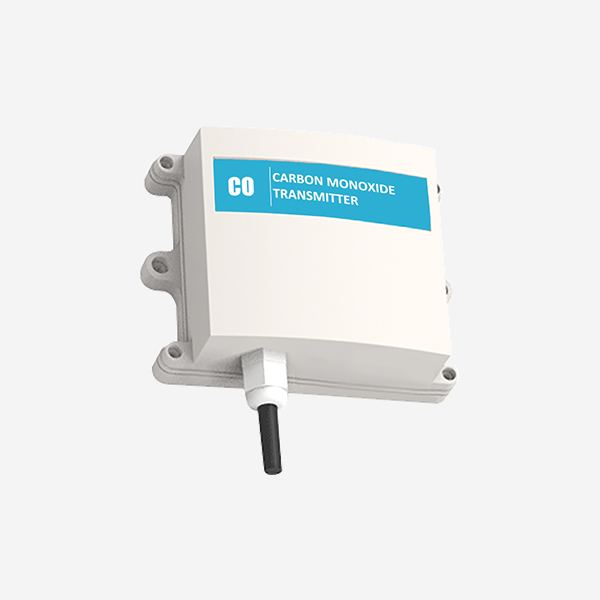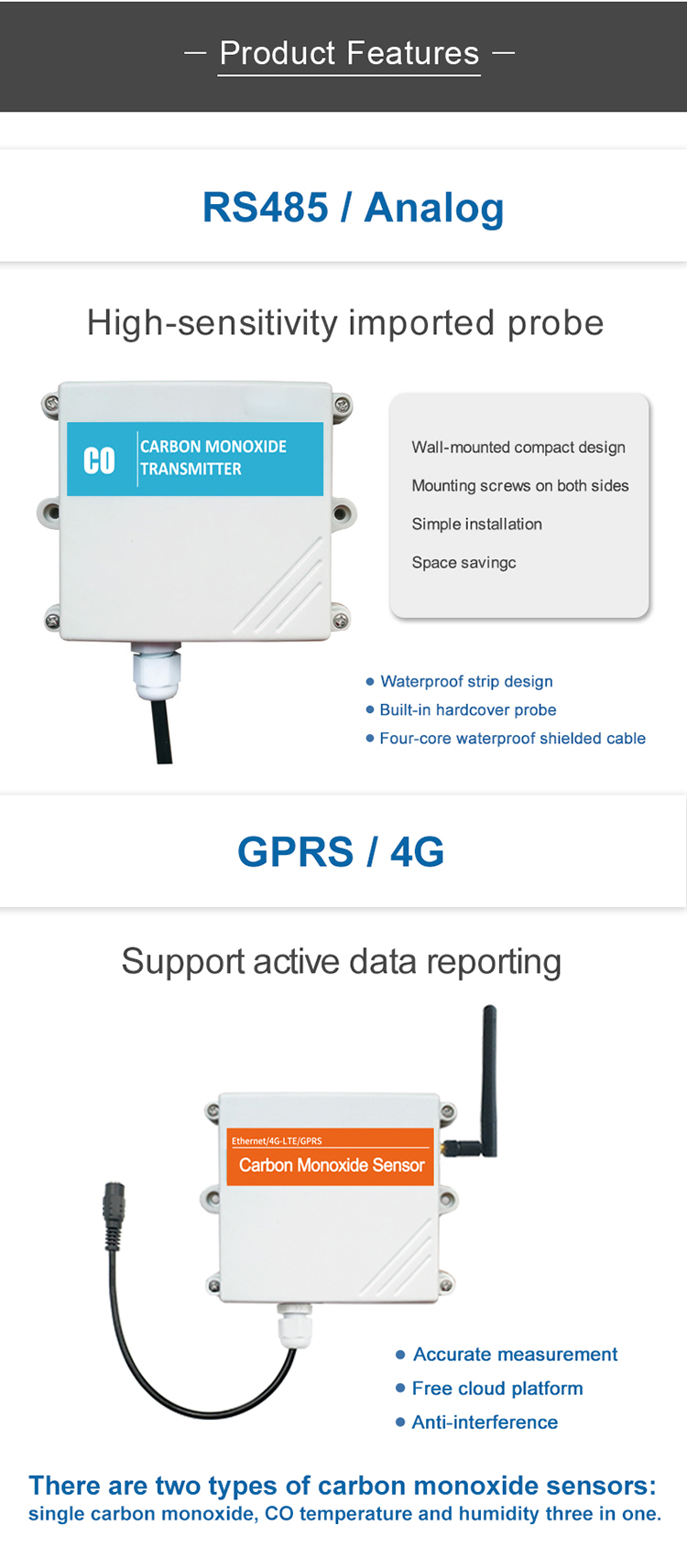Carbon Monoxide Sensor

In this article, we will discuss why carbon monoxide sensors are necessary, how they work, and where to install them. We will also explore the types of detectors available in the market and what to look for when buying one.
Why You Need a Carbon Monoxide Sensor
Carbon monoxide is a byproduct of the incomplete combustion of fuels such as natural gas, propane, oil, kerosene, wood, and charcoal. When these fuels burn, they release carbon monoxide, which can quickly build up in enclosed spaces. Exposure to CO can cause nausea, dizziness, headache, weakness, chest pain, and confusion. In severe cases, it can lead to loss of consciousness, brain damage, and death.

The danger of carbon monoxide is that it does not give off any warning signs. It has no smell or taste, and you cannot see it. You may be inhaling this toxic gas without realizing it until it’s too late. By installing a carbon monoxide sensor, you can detect the presence of CO before it reaches dangerous levels and take appropriate action to prevent harm.
Carbon monoxide (CO) is a colorless, odorless, and tasteless gas that can be lethal when exposed to high concentrations. According to the Centers for Disease Control and Prevention (CDC), more than 400 Americans die each year from unintentional CO poisoning, while thousands of others are either injured or hospitalized as a result of exposure to this deadly gas. To avoid becoming part of these statistics, it is essential to install a carbon monoxide sensor in your home.
How Carbon Monoxide Sensors Work
Carbon monoxide sensors work by detecting minute changes in the chemistry caused by the presence of CO. There are two types of sensors: biomimetic and electrochemical.
Biomimetic sensors use a gel-like substance that changes color when it comes into contact with CO. Electrochemical sensors, on the other hand, work by passing an electric current through a small vial containing a solution that is sensitive to CO. When CO enters the vial, it reacts with the solution, causing a change in electrical conductivity that triggers the alarm.
Where to Install Carbon Monoxide Sensors

It is essential to install carbon monoxide sensors in the right places in your home. The National Fire Protection Association (NFPA) recommends installing one detector on each level of your home, including the basement. Place them near bedrooms and other areas where people may sleep, but not too close to fuel-burning appliances or bathrooms.
If you have attached garages, you should also install detectors near the door leading to the garage. This is because cars emit carbon monoxide, which can easily find its way into your home if the attached garage is not well-ventilated.
Types of Carbon Monoxide Detectors
There are two main types of detectors: plug-in and battery-operated.
Plug-in detectors are easy to use and simply need to be plugged into an electrical outlet. They come with a battery backup, so they can still function during power outages. Battery-operated detectors, on the other hand, run on replaceable batteries, so you don’t need to worry about having an outlet nearby.
When Buying a Carbon Monoxide Detector
When buying a carbon monoxide detector, it is important to look for the following features:
- Certification: Look for a detector that has been certified by an independent testing agency such as Underwriters Laboratories (UL). It indicates that the detector has met national safety standards.
- Test button: Make sure the detector has a test button that allows you to check whether it’s working properly.
- Digital display: A CO detector with a digital display lets you see the concentration of CO in parts per million (ppm) and updates regularly, giving you real-time information to take necessary action.
- Interconnectivity: Consider purchasing detectors that interconnect so that if one detector goes off, they all sound in your home.
Conclusion
Carbon monoxide is deadly and can cause severe harm to you and your loved ones. It is essential to install a carbon monoxide detector in your home to detect any trace of CO. By following the above guidelines, you can make an informed decision about buying the right carbon monoxide detector for your household. Don’t take chances with the safety of your home. Install a detector today and enjoy peace of mind knowing that you and your loved ones are protected.